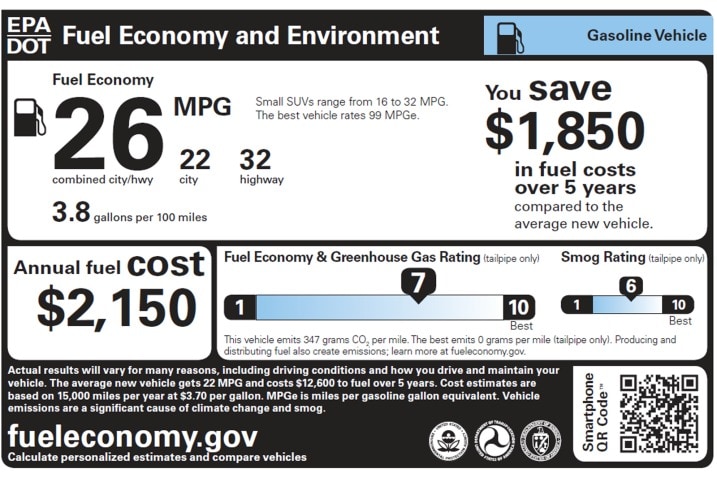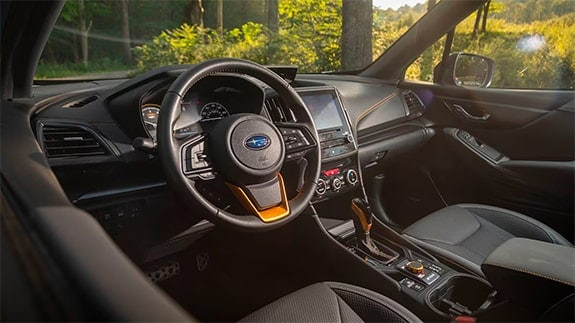If you haven't been new-car shopping for awhile there's one change at dealerships that should please just about everyone. Beginning with the 2013 model year, passenger vehicles display informative fuel economy labels.
Jointly developed by the Department of Transportation (DOT) and the Environmental Protection Agency (EPA), the labels are the product of a lengthy and often contentious debate about the best way to provide consumers with valuable information related to air emissions and fuel efficiency. They have won praise from virtually all the parties who have a stake in the presentation.
The labels appear on conventional gas- and diesel-powered vehicles, as well as alternative-fuel vehicles such as plug-in hybrids, battery-electric vehicles and the hydrogen fuel-cell EVs expected to hit the market by 2017.
The labels represent the most dramatic overhaul to fuel economy labels since the federal government began requiring them more than three decades ago. They give car shoppers:


 by
by 
